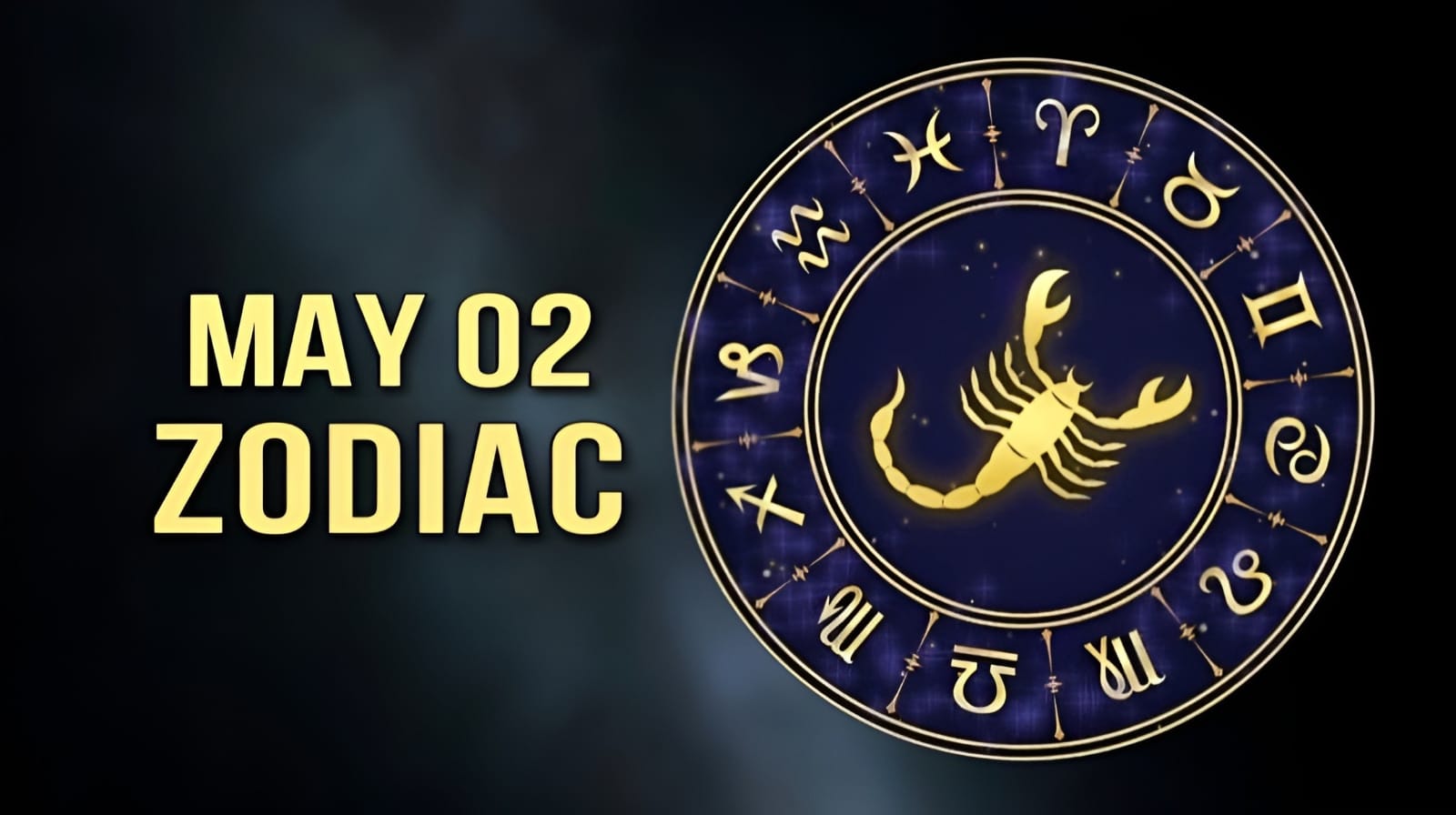Southern California has a fiery history. While the wildfires we experience today are alarming, it’s not the first time this region has faced such challenges. A look into the past reveals that around 13,000 years ago, a wave of fires drastically changed the area’s vegetation and even contributed to a massive global extinction.
Let’s dive into the story.
The Mysterious Extinction of the Ice Age
In the era termed the “Age of Mammals,” post the extinction of dinosaurs, mammoth-sized creatures roamed the earth, from woolly mammoths to dire wolves. Imagine walking in Los Angeles and bumping into camels or giant cats! But suddenly, most of these giants vanished. North America alone lost over 70% of its massive mammals, a puzzling phenomenon scientists have debated for ages.
What caused this mass extinction? It’s hard to say. Was it the changing climate? Rapid human expansion? Or perhaps a mixture of both?
Clues from the La Brea Tar Pits
One place that provides insights is the La Brea Tar Pits in LA, a treasure trove of Ice Age fossils. Thousands of large mammal bones have been found here, trapped in the tar for over 60,000 years. Our recent studies from these pits and nearby Lake Elsinore have offered a compelling narrative.
Around 13,000 years ago, a catastrophic event altered Southern California. Evidence suggests that the region faced a deadly trio: a warmer climate, extended droughts, and a burgeoning human population. The ultimate tipping point, however, might have been wildfires, possibly ignited by early humans.
If you want you can also read – Maui Wildfires Devastate Communities, Cause $1.3 Billion in Damage
Enter: The Age of Fire
With temperatures on the rise and fewer herbivores to graze on the vegetation, dead plants piled up. This, combined with an increasing human presence, transformed the ecosystem. How? Well, humans had a tool — fire. While our ancestors have used fire for millennia, in coastal Southern California, the story was different. Fires were rare. But, with the arrival of humans, fires surged.
The outcome? The lush California landscapes became fire-prone chaparral plants, and the large mammals we talked about earlier? They vanished.
Read Also: Extreme Weather Concern: El Nino Under Way
Why This History Matters Today
The patterns from the past eerily resemble our present situation. The combo of rising temperatures, human expansion, biodiversity loss, and fires caused a massive shift thousands of years ago. And we’re witnessing a similar scenario today, with the pace of change being alarmingly faster.
In modern times, human activities have escalated the frequency and intensity of wildfires. While fires might seem like a recurring theme in California’s history, the data suggests that before humans arrived, fires were seldom, even during droughts. Today, a whopping 90% of wildfires are due to human actions.
So, What’s Next?
Our past serves as a mirror, reflecting the vulnerabilities of our ecosystem. The lesson? To protect the environment we rely on, we need to act responsibly. Reducing emissions, taking precautionary measures against fire ignitions, and safeguarding our remaining large animals can help us prevent history from repeating itself.





































